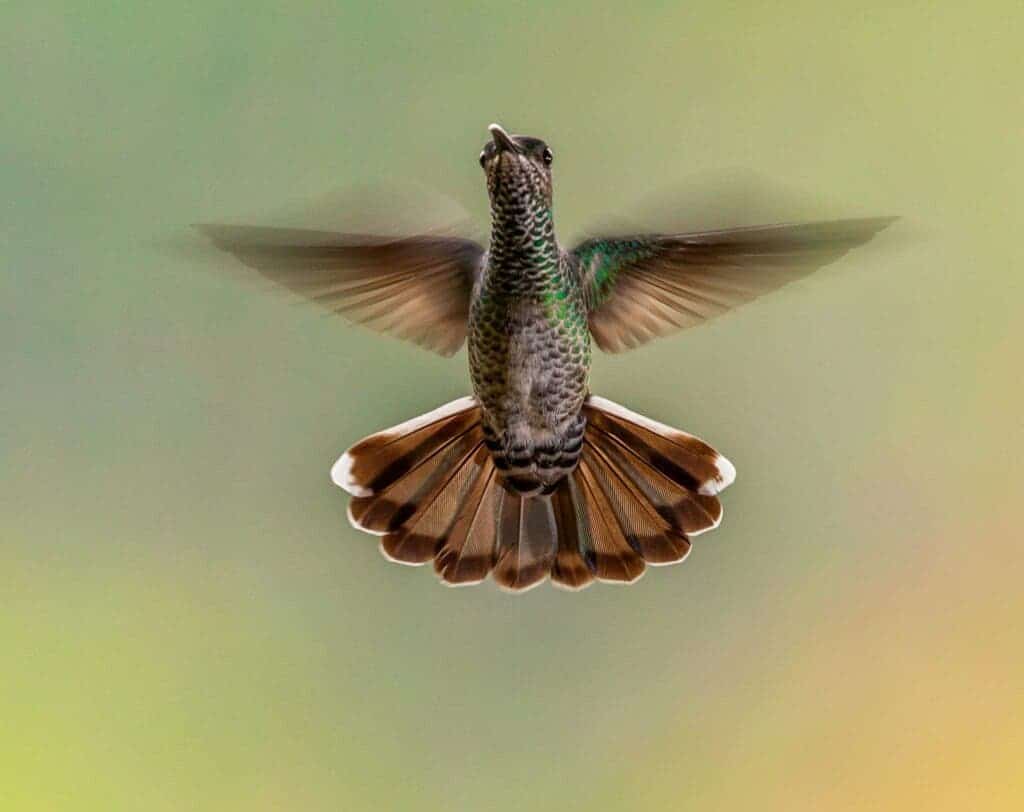Climate change is forcing many hummingbird species to relocate to colder habitats in higher altitude regions but are hummingbirds ready for this change? A study published in the Journal of Experimental Biology sheds light on the struggles and challenges hummingbirds may face when they go uphill.

Temperature plays an important role in deciding the migratory and reproductive behavior of hummingbirds due to their high body metabolic rates. Compared to the human heart, which beats between 60 to 100 times a minute at rest, a hummingbird’s heart beats over 1,000 times per minute. So to satisfy their body metabolism, the birds are required to intake calories constantly.
But an increase in temperature spoils their primary source of calories which is flower nectar. Plus, the birds become less social and don’t prefer breeding during intense solar activity. However, due to their high metabolic levels and constant calorie needs, the birds can no longer stay in a hot habitat so they often migrate to high altitude regions. Unfortunately, this type of migration due to climate change-driven rapid global warming requires the birds to adapt fast which may not always be feasible.
Can hummingbirds easily relocate to higher altitudes?
Researchers from the University of Connecticut, Humboldt State University, and the University of California studied Anna’s hummingbirds (Calypte anna), a common hummingbird species found in North America. During their experiment, they made the birds fly from a place located 10 meters above sea level to 2,400 meters high in the Mammoth Lake region. Then the birds were brought to a bird sanctuary in California situated at a mid-level altitude of 1,215 meters.

The oxygen consumption, carbon dioxide production, and other body metabolism-related parameters of the birds were measured during their stay in California. After some days, the researchers relocated the hummingbirds again, this time in a research station at 3,800 meters. Here also, the metabolic levels of the birds were checked.
The researchers noticed that the hovering birds often went into torpor (a state of partially suspended physical or mental activity that results in energy conservation) in their sleep during their uphill journey. Also, the metabolic rates of the hummingbirds suffered a loss of 37% when they flew 1000 meters above their natural habitats. These findings highlighted that the birds faced difficulties in adapting to higher altitude settings.
“So what we tested was an acute test – this was a very fast test once we got to high elevations. We found that right away hummingbirds had a difficult time,” said Austin Spence, one of the authors of the study and a postdoctoral scholar at the University of California.
To overcome the energy losses at higher altitudes during extremely cold nights, hummingbirds spent over 87.5% of their time in torpor and their hearts increased in size to meet the blood circulation requirements. While explaining all these results from their experiment, Spence said:
“Overall, these results suggest low air pressure and oxygen availability may reduce hovering performance in hummingbirds when exposed to the acute challenge of high-elevation conditions.” He further added that, “lower oxygen availability and low air pressure may be difficult challenges to overcome for hummingbirds, meaning that the birds will likely have to shift north in search of cooler climes.”
The researchers told ZME Science that they only did a fast test and therefore their study has several limitations. They are planning to conduct long-term acclimatization experiments and breeding bird surveys that would reveal more information about the difficulties hummingbirds face due to climate change-driven temperature changes.






